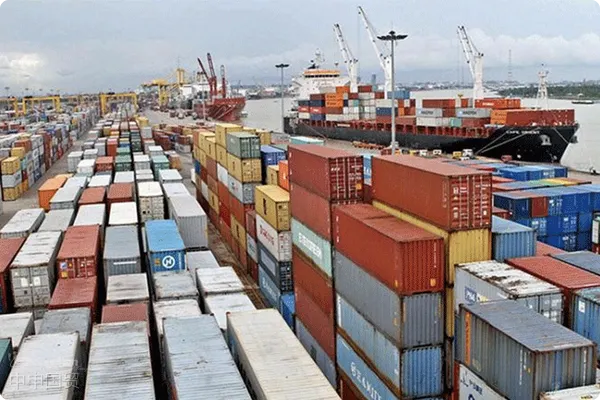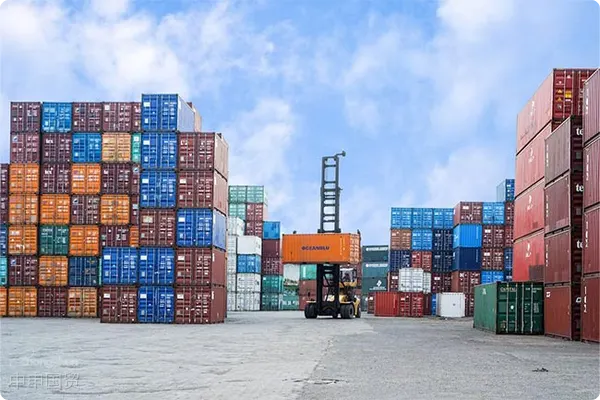- Shanghai Zhongshen International Trade Co., Ltd. - Two decades of trade agency expertise.
- Service Hotline: 139 1787 2118
In international trade, whether export goods follow port entry first or customs declaration first procedures depends on specific port regulations and operational methods. Understanding the differences between these two models is crucial for ensuring smooth export operations.
Declare to the customs first, then enter the port
At some ports, like Shanghais Waigaoqiao Port Area, the customs declaration before port entry process is implemented. This means all export goods must complete customs declaration before entering the port area. The main advantages of this model are:
Handle customs affairs in advance:This allows exporters to handle any potential customs declaration issues in advance, reducing waiting time at the port.
Greater planning:Since the customs declaration procedures have been completed, logistics companies can more accurately arrange the entry of goods into the port and loading onto ships according to the scheduled timetable.
However, this also means that exporters need to closely coordinate transportation and customs declaration services to ensure that all documents are ready and compliant to avoid delays at the port entrance.
Enter the port first, then declare to the customs
Another model is port entry before customs declaration, as adopted by Shanghais Yangshan Port Area. Under this model, goods are first transported to the port and stored in designated areas before customs declaration. Advantages of this approach include:
Higher flexibility:Once the goods arrive at the port, they can be stored first, not directly affected by the progress of customs declaration.
Suitable for goods in urgent need of shipment:For goods that need to be exported urgently, their timely arrival at the port can be ensured first, and then the customs declaration matters can be handled.
This method may require exporters and freight forwarders to pay more attention to the port storage fees and time management to avoid additional costs.

Practical operation suggestions
When arranging the export of goods, exporters should consider the following factors:
(1) Understand port regulations:Confirm the specific operation mode of the target port in advance, which can be obtained by consulting freight forwarders or directly contacting the port management agency.
(2) Arrange a reasonable schedule:According to the actual operation mode of the port, reasonably arrange the goods transportation and customs declaration time to avoid unnecessary delays and costs.
(3) Prepare complete documents:Regardless of which mode, complete and accurate customs declaration documents are the key to smooth export. Ensure that all documents meet the customs requirements, and professional customs declaration services can be sought if necessary.
In conclusion, whether export goods enter the port first or declare to the customs first depends on the operation regulations of the specific port. Exporters need to understand and adapt to these regulations to ensure the smooth and timely export of goods to the destination. In the increasingly complex and changeable global trade environment, effective logistics and customs declaration strategies are important factors in ensuring business success.
Related Recommendations
© 2025. All Rights Reserved. Shanghai ICP No. 2023007705-2  PSB Record: Shanghai No.31011502009912
PSB Record: Shanghai No.31011502009912










